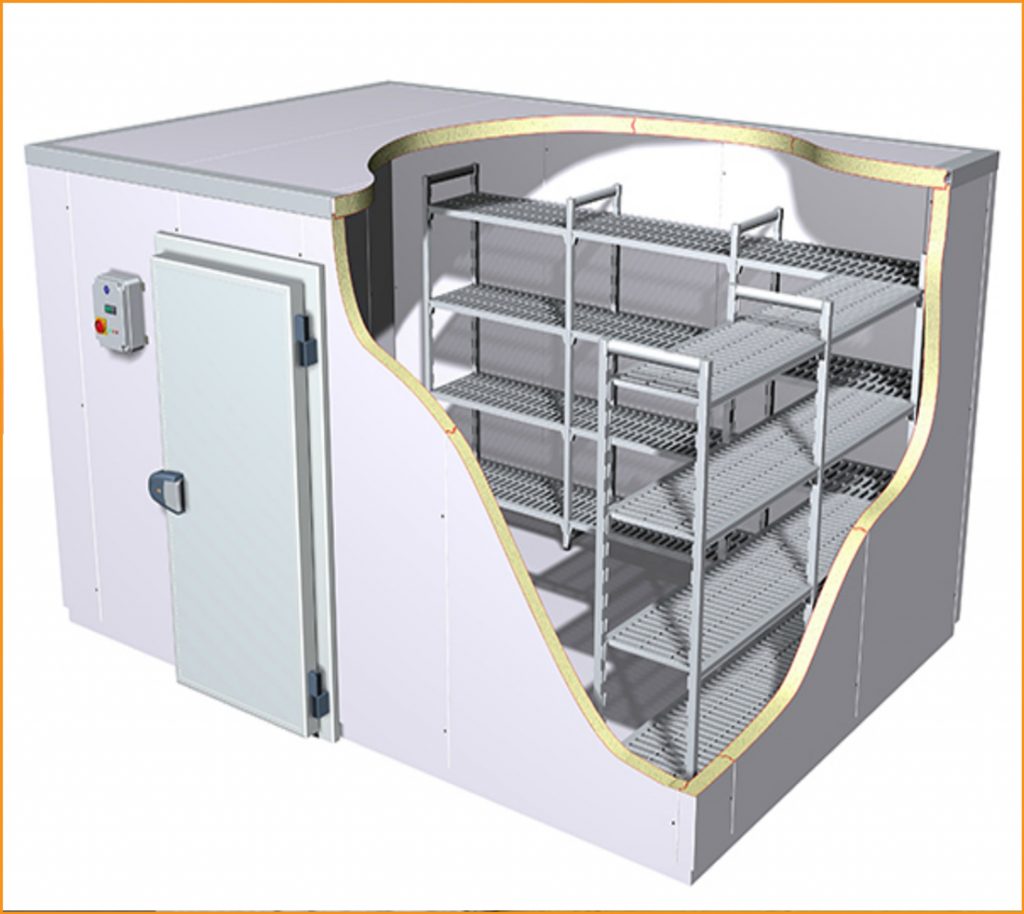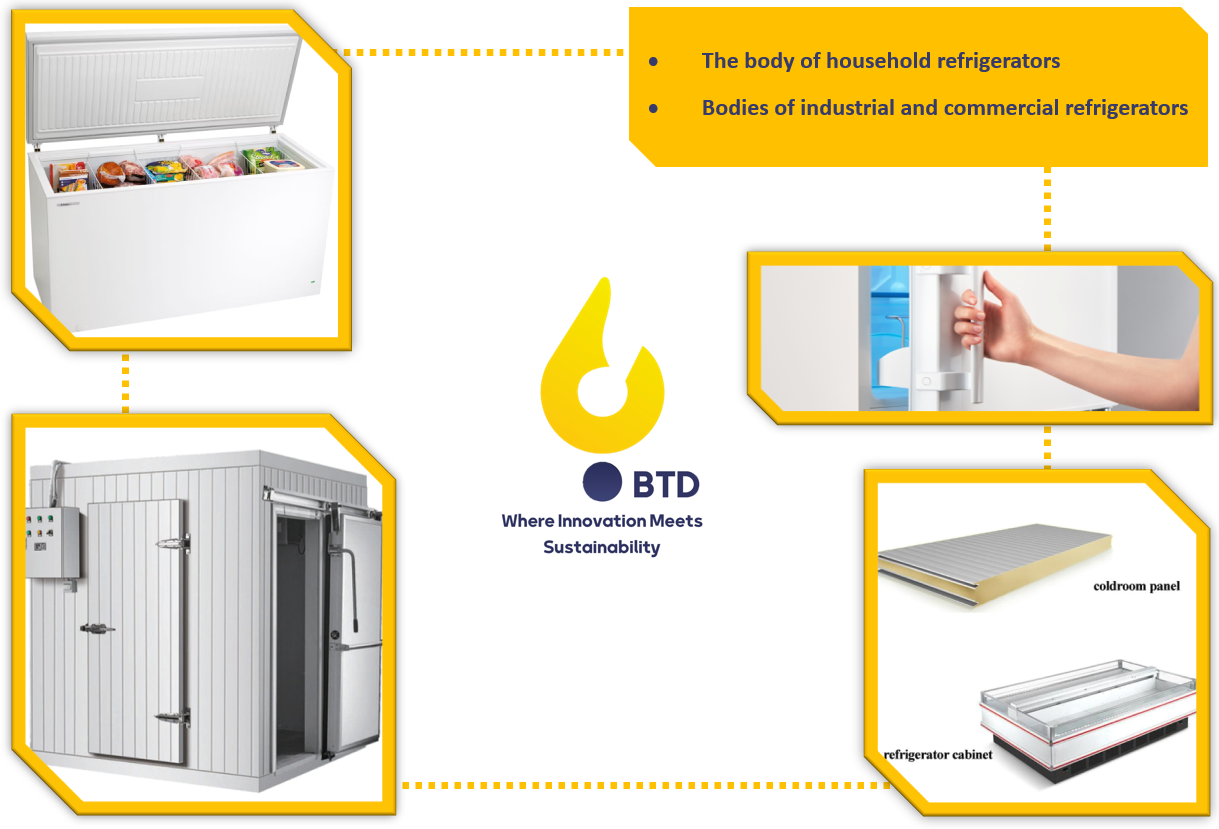Industrial Refrigerator Foam
Polyurethane foam insulation for refrigerators serves as a barrier to prevent thermal energy loss in both household and industrial refrigerators. Preventing thermal loss at low temperatures plays a crucial role in enhancing refrigerator efficiency and reducing electrical energy consumption. The company Baspar Tose'e Davam Shimi formulates polyols for use in spray polyurethane refrigerator foam, producing and supplying them in various flame retardant systems B1, B2, and B3 (normal). This company can produce different grades of polyols with a wide range of density, viscosity, and flame retardant characteristics according to customer-defined needs. Next, we will examine the technical parameters that influence the properties of the polyols used in polyurethane refrigerator foam.

Variety of Grades
| Specification | Unit | BATOPOL | |||
|---|---|---|---|---|---|
| HF40 | |||||
| Polyol Properties | Type | Excellent water repellency | |||
| Brookfield Viscosity | cps | 800±200 | |||
| Cream time | sec | 17±2 | |||
| Gel time | sec | 80±5 | |||
| Tack Free Time | sec | 140±10 | |||
| Free Rise Density | kg/m³ | 30±2 | |||
| Foam Properties | Core Density in Foam | kg/m³ | 36-40 | ||
| Closed Cell Content | % | >90 | |||
| Compressive Strength | kPa | >160 | |||
| Thermal conductivity (k-factor) | W/mK | 0.023 | |||
| Fire Properties | B3 | ||||
Applications

